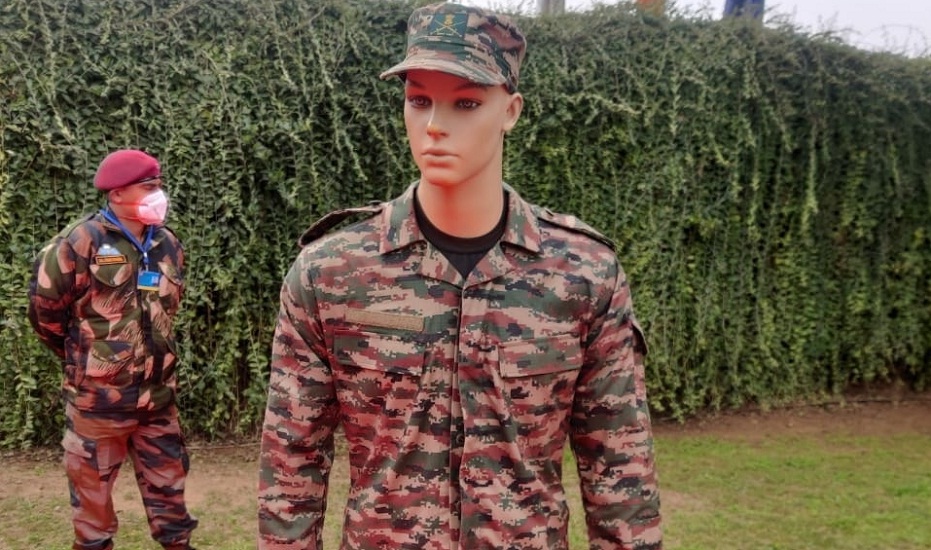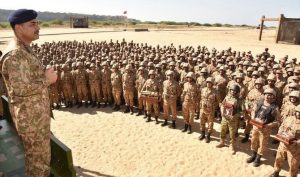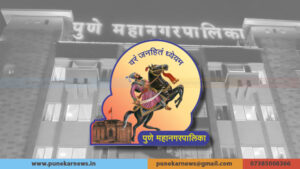THE INDIAN ARMY’S NEW UNIFORM

By Col Ajay Singh (Veteran)
Pune, 16th January 2022: The new combat uniform unveiled on the 74th Army Day is perhaps better looking than the camouflage pattern combat dress that preceded it. The digital disruption pattern that uses pixilated designs in a mix of earthen and olive-green shades, enhances its camouflage value in different terrain – be it in the jungle, mountains, desert or plains. Its fabric is lighter and stronger. And as the soldiers of the elite Parachute Regiment marched down Rajpath wearing it during the Army Day parade, it did seem to provide a better look. So, what has changed in the uniform?
For starters, the uniform looks more informal with the tunic not tucked into the trouser. It also sports a round neck T-shirt beneath it. The standardized pattern means that there will be a commonality of combat dresses across the army, where one could usually see combat dresses of different patterns and hues in different units – and very often, within the same unit. That uniformity will be welcome, especially since a plethora of paramilitary forces have also taken to wearing combat dresses.
The NIFT team that has designed this uniform over the past year and a half have executed their brief well, by providing an ergonomically designed dress, which is lighter, provides operational camouflage, and also some degree of temperature comfort in different weather conditions. The 70:30 cotton-polyester mix with which the material is made is also reportedly odour proof, easy to wash, and enables rapid drying (very essential attributes when one has to wear the same dress for days on end when in operations). And significantly, it provides a comfortable fit for both men and women.
The new uniform will provide greater comfort and also help provide a distinct identity, but what more can be done? Perhaps future uniforms could include aspects such as having an embedded chip that indicates the soldier’s position to his teammates and superiors. That would be invaluable in operations, and even in the case of a rescue. It could also have a health monitoring vest that could record blood pressure, pulse, temperature and other parameters which could help in case of injuries. Perhaps the fabric could have interwoven Kevlar fibres to enhance protection against small arms. These measures would truly help enhance a soldier’s operational efficiency.

(Ajay Singh is an army veteran who has authored five books and over 200 articles.)








